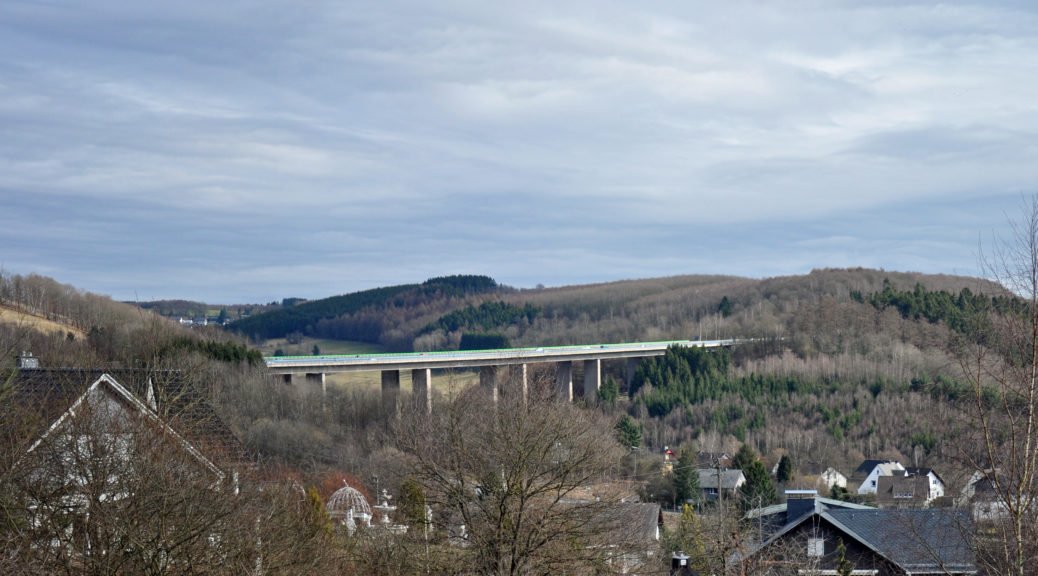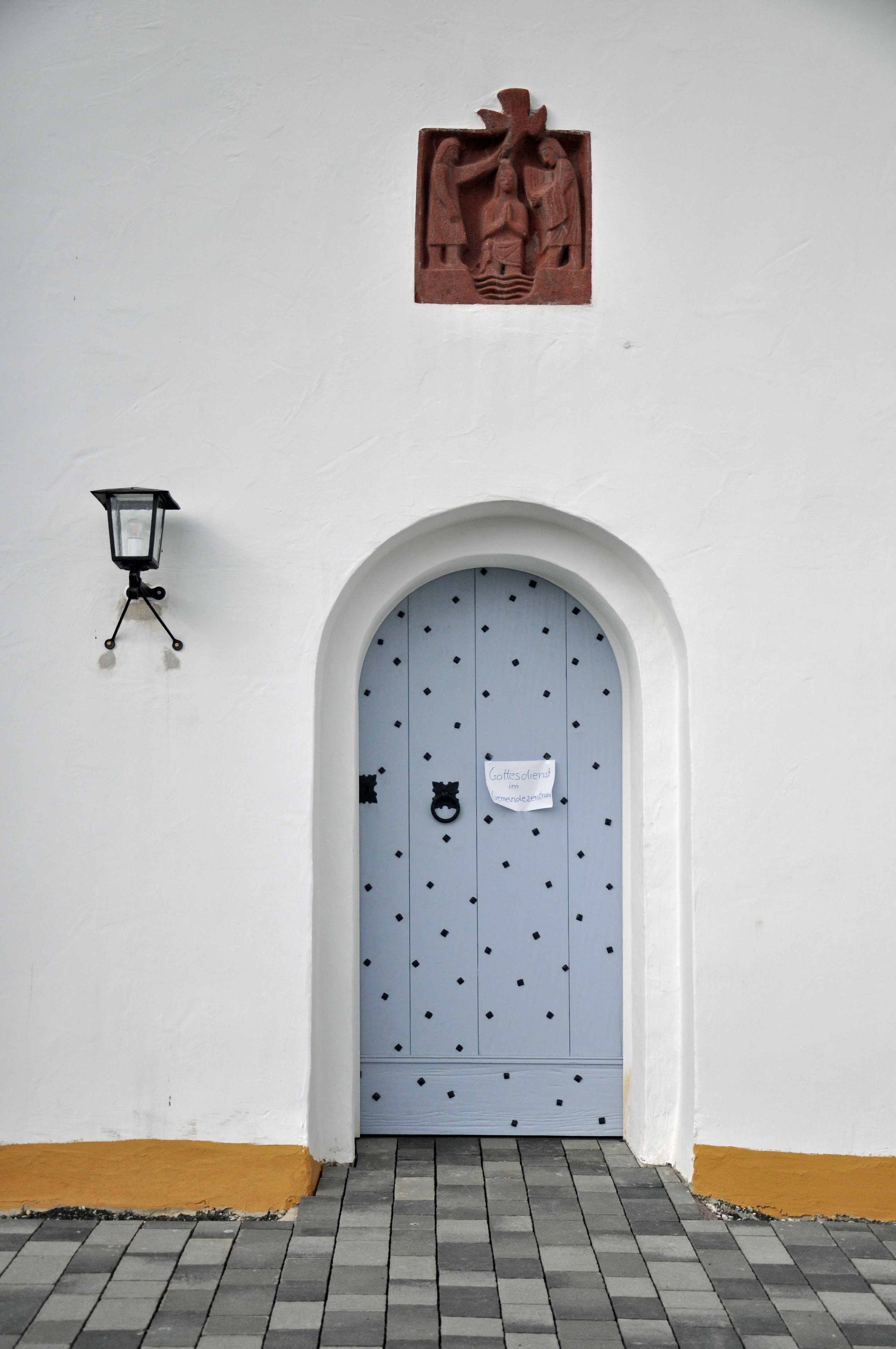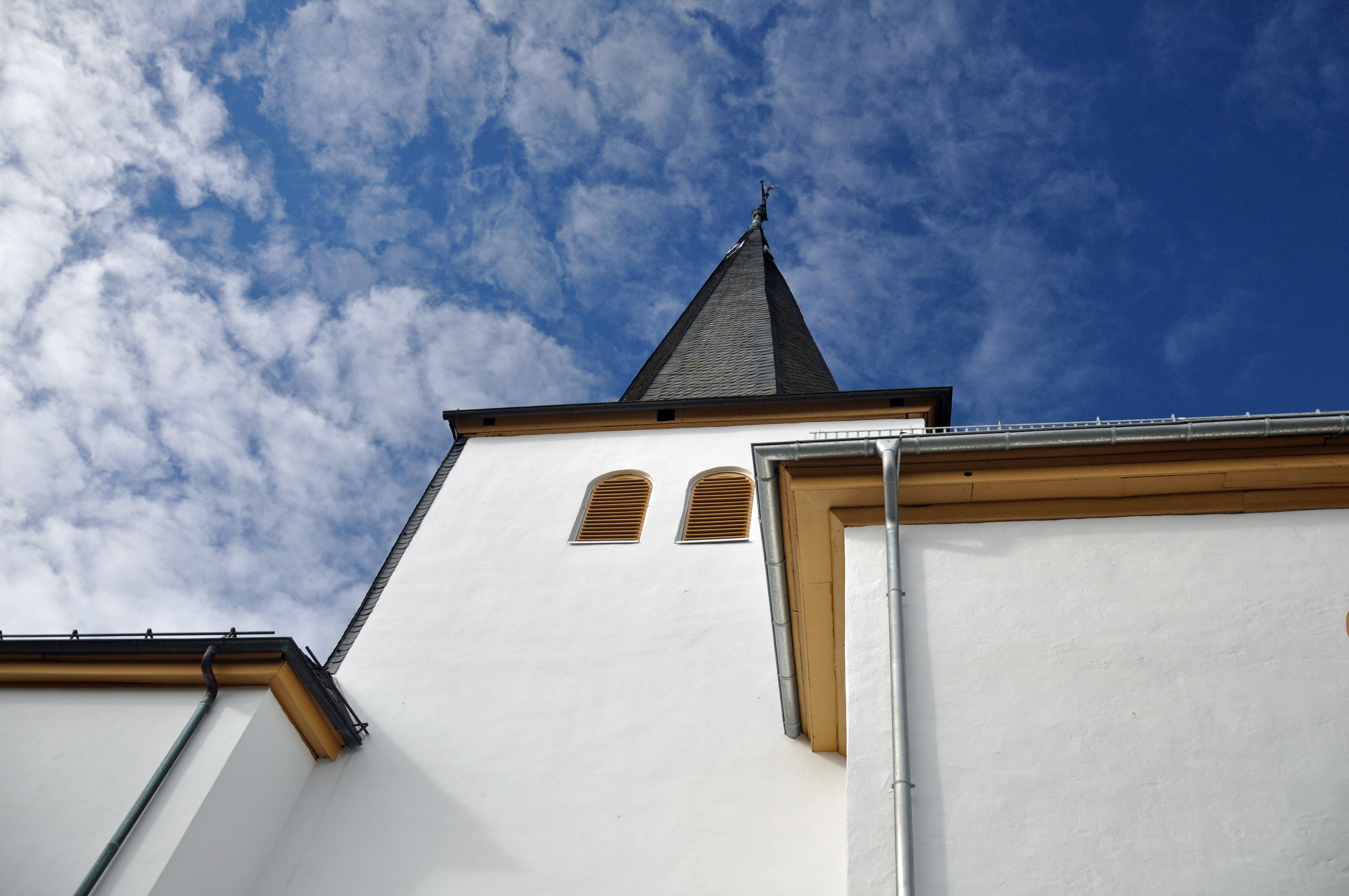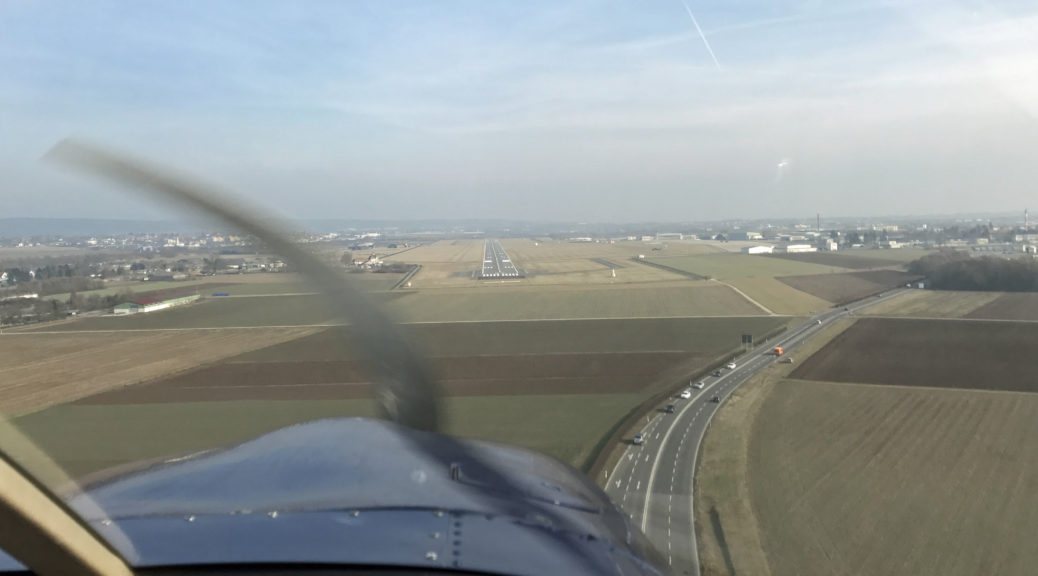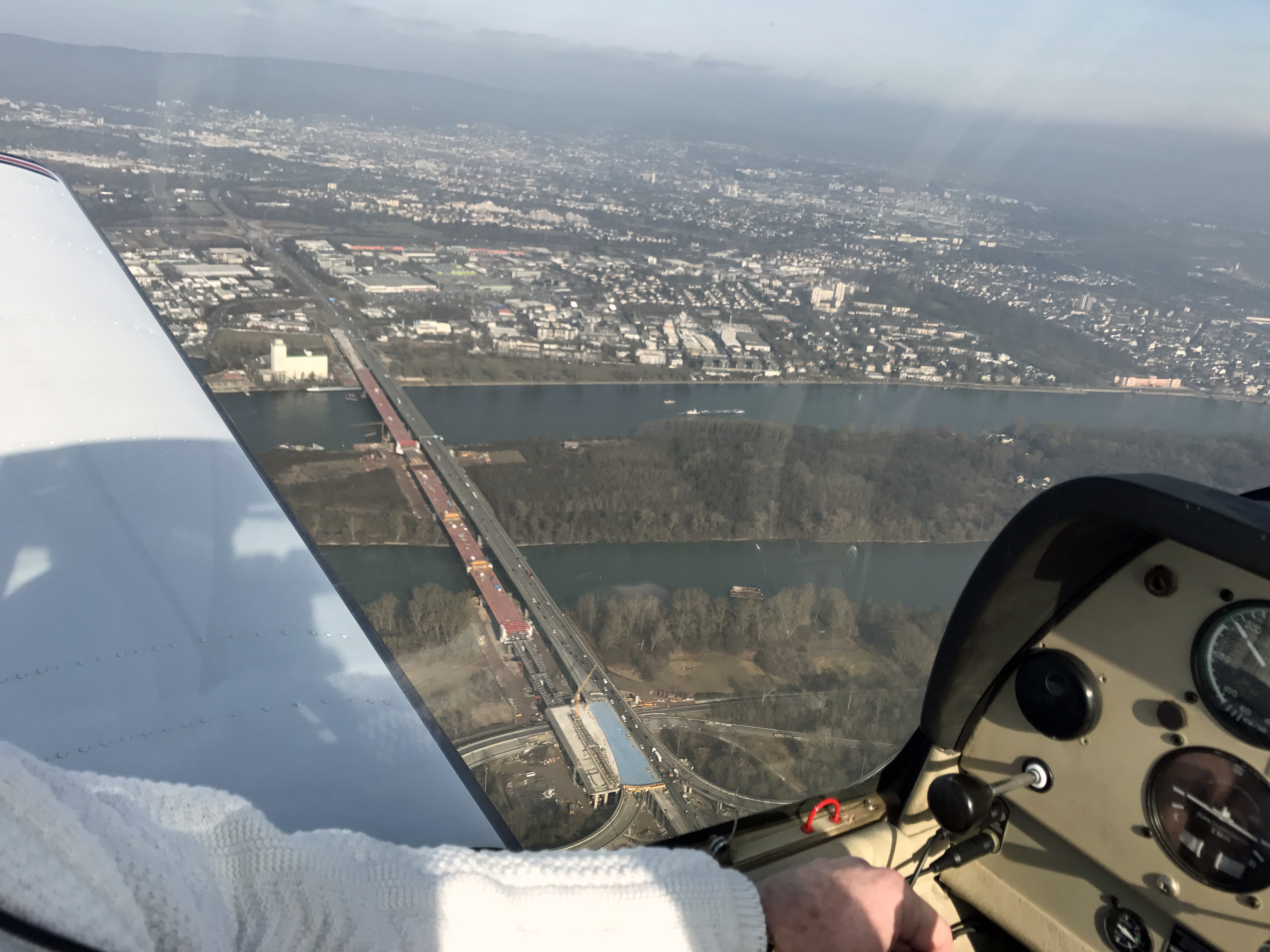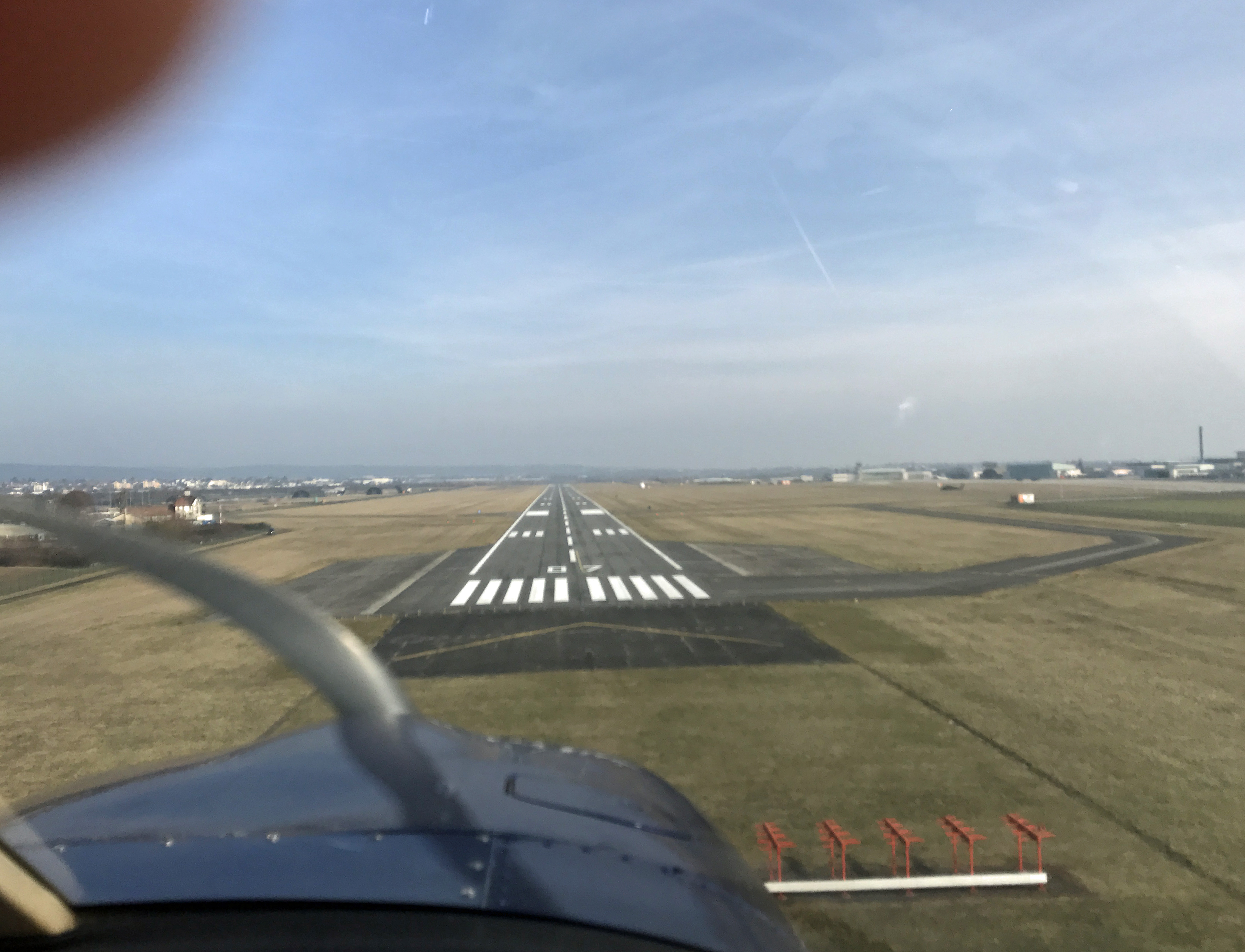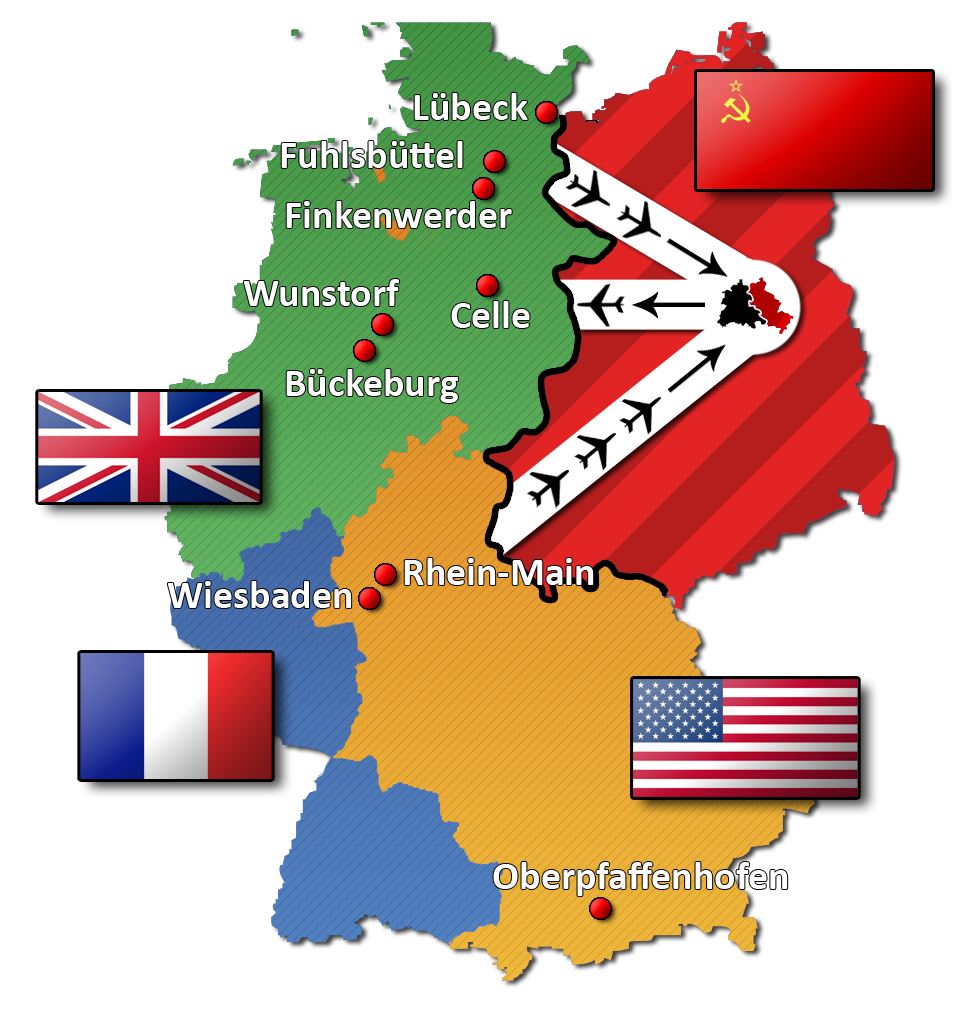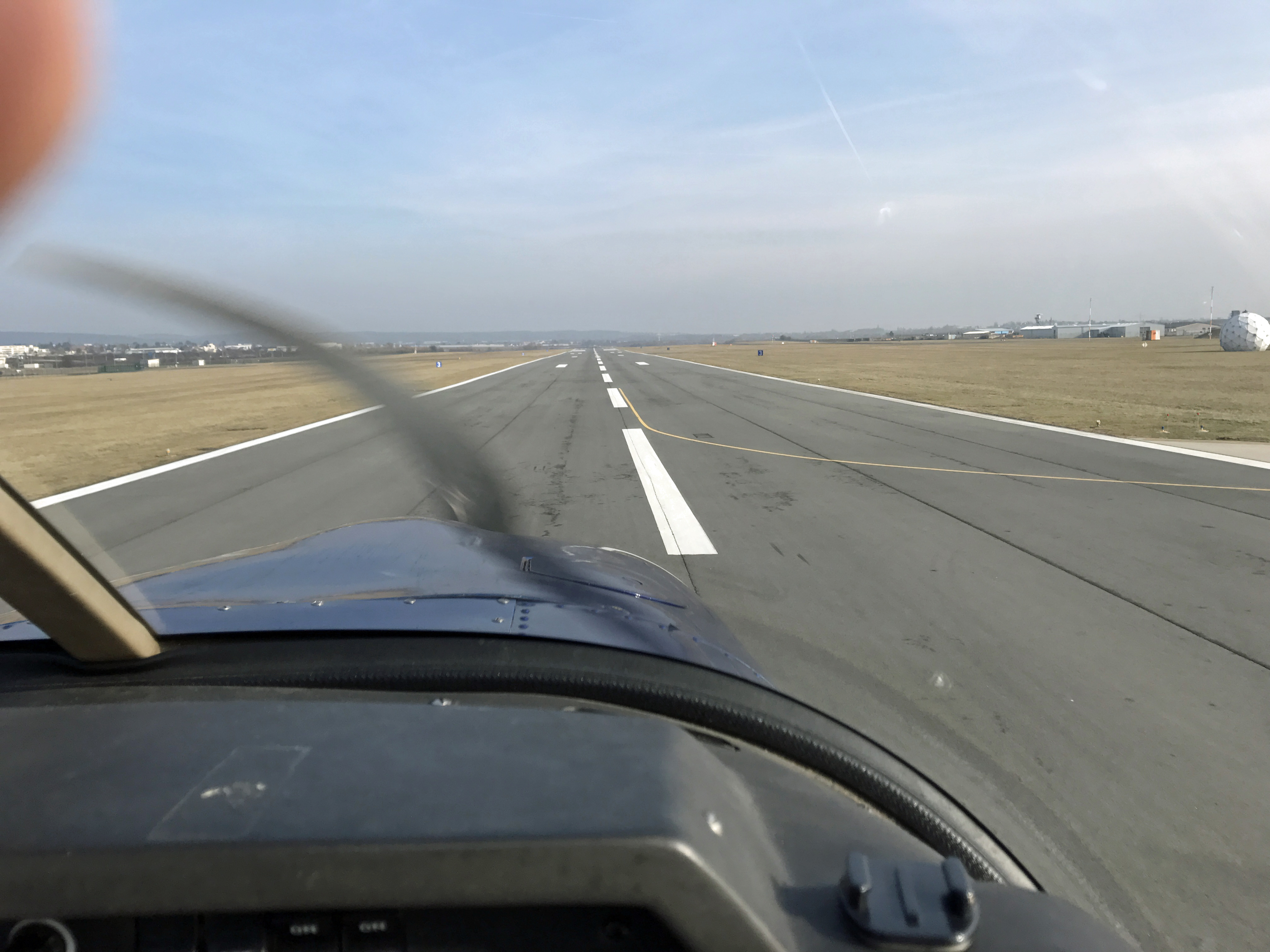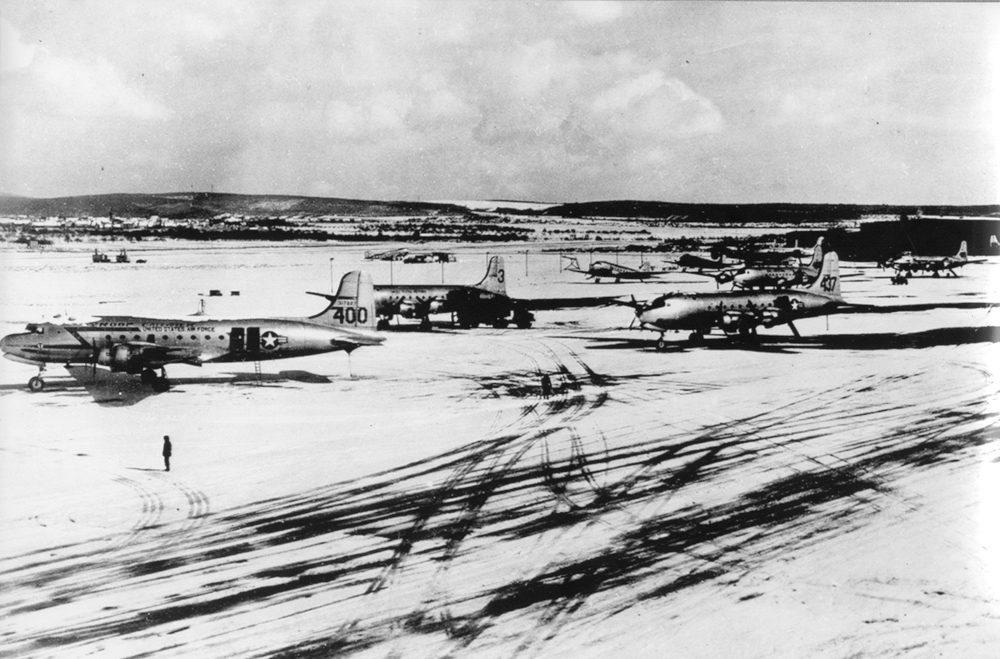I HAD AN interesting, unique, special experience this weekend. I visited the town my 7x great-grandfather and his family left about 275 years ago. There are still buildings there they would have seen!
Several weeks ago I had looked at my dad’s digital genealogy records. I searched on “Germany.” I shared part of this story already. I was able to contact the head of the historical society in Eisern, Germany, in the state of Nordrhein Westfallen and set up a visit. Sunday I drove to Eisern.
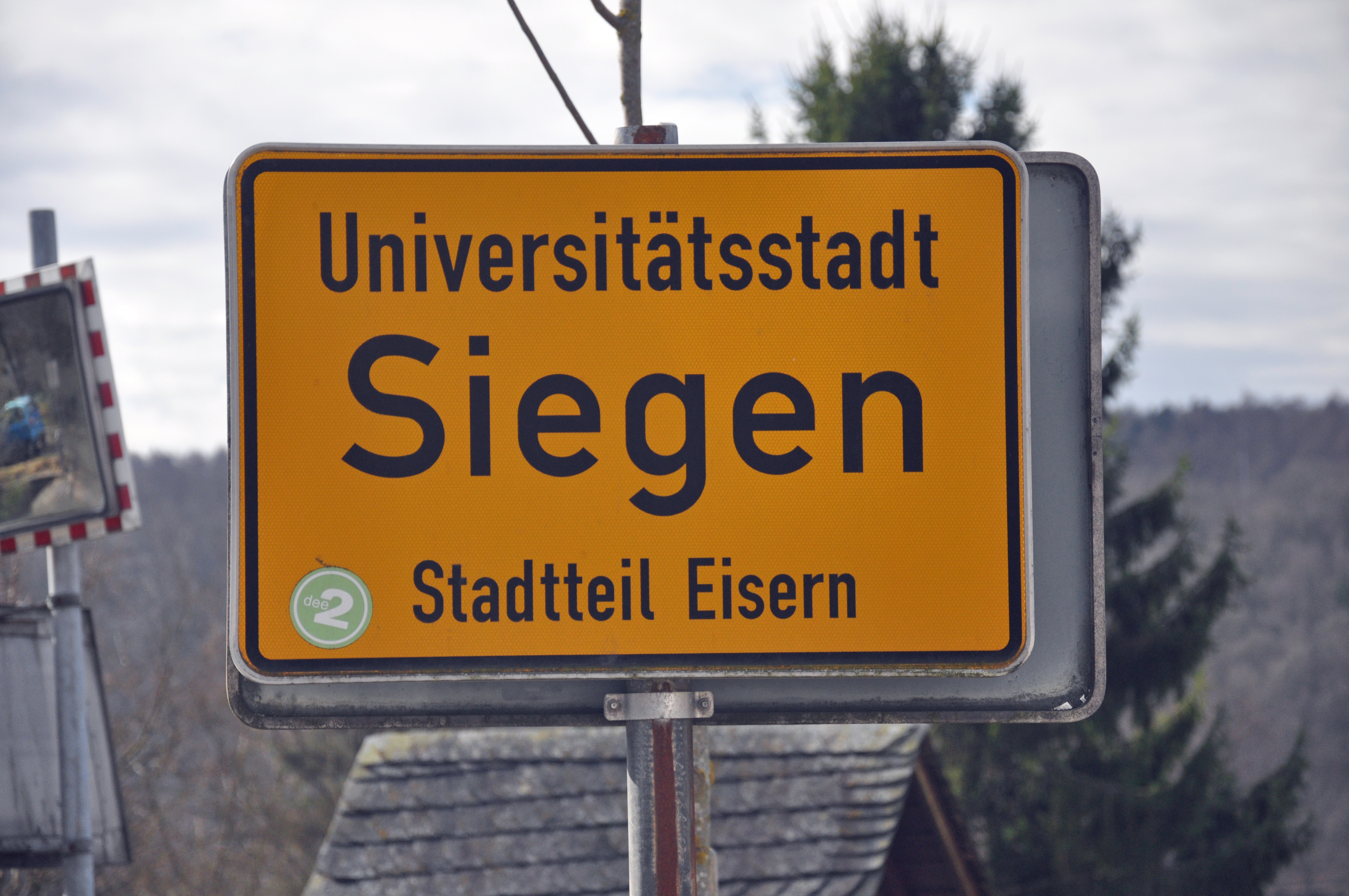
I missed an exit on the Autobahn because of a construction site. The GPS fixed the error via narrow roads and tiny towns, but brought me back on track. I arrived with a few minutes to spare.
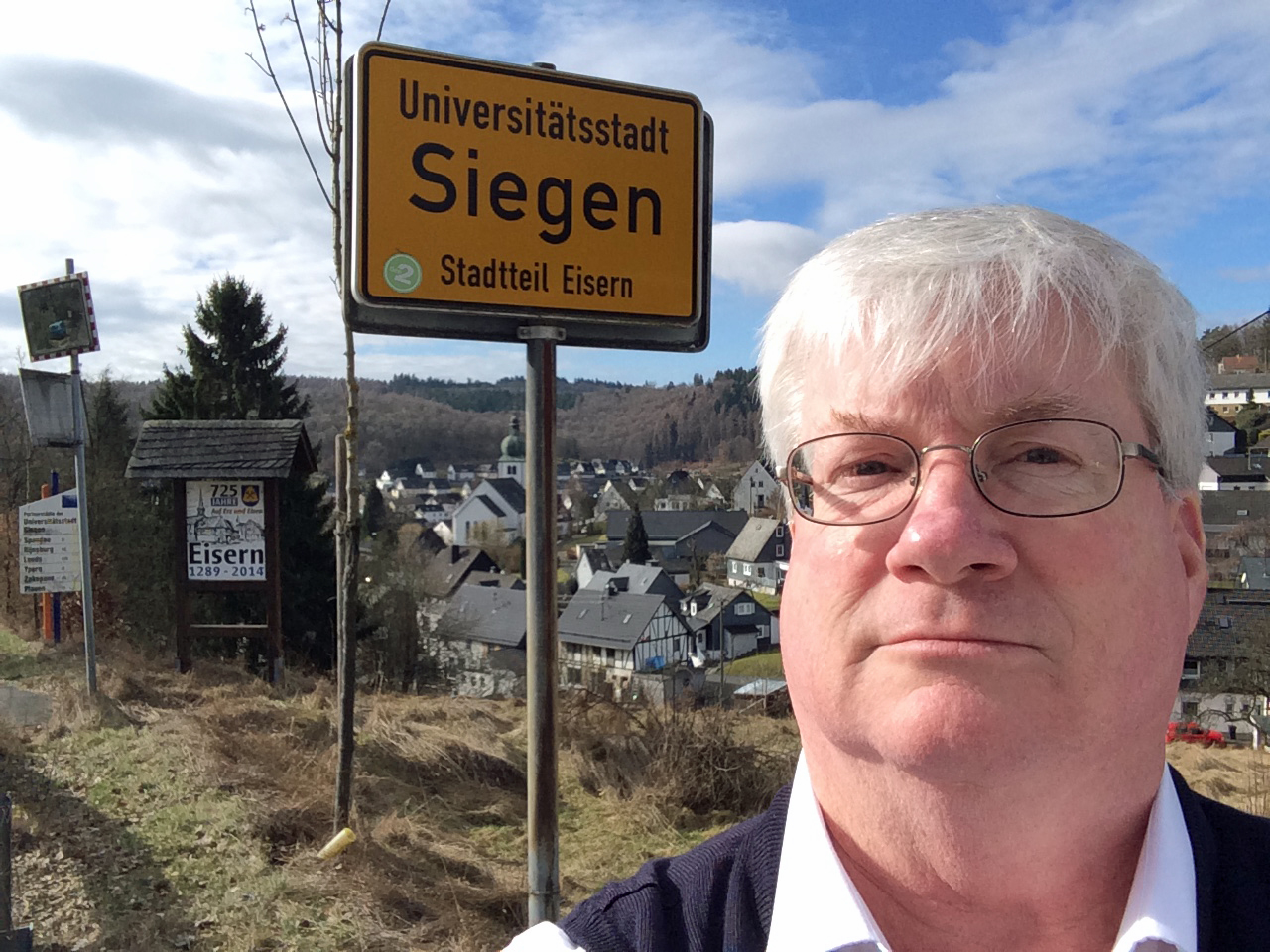
Eisern was the site of large iron ore mines until the 1970s. The current population of 2,500 is ten times its size in the 18th century. I don’t know what he did or why he left, but Johann Heinrich Rehlsbach ended up in Virginia with his family as (John) Henry Railsback.
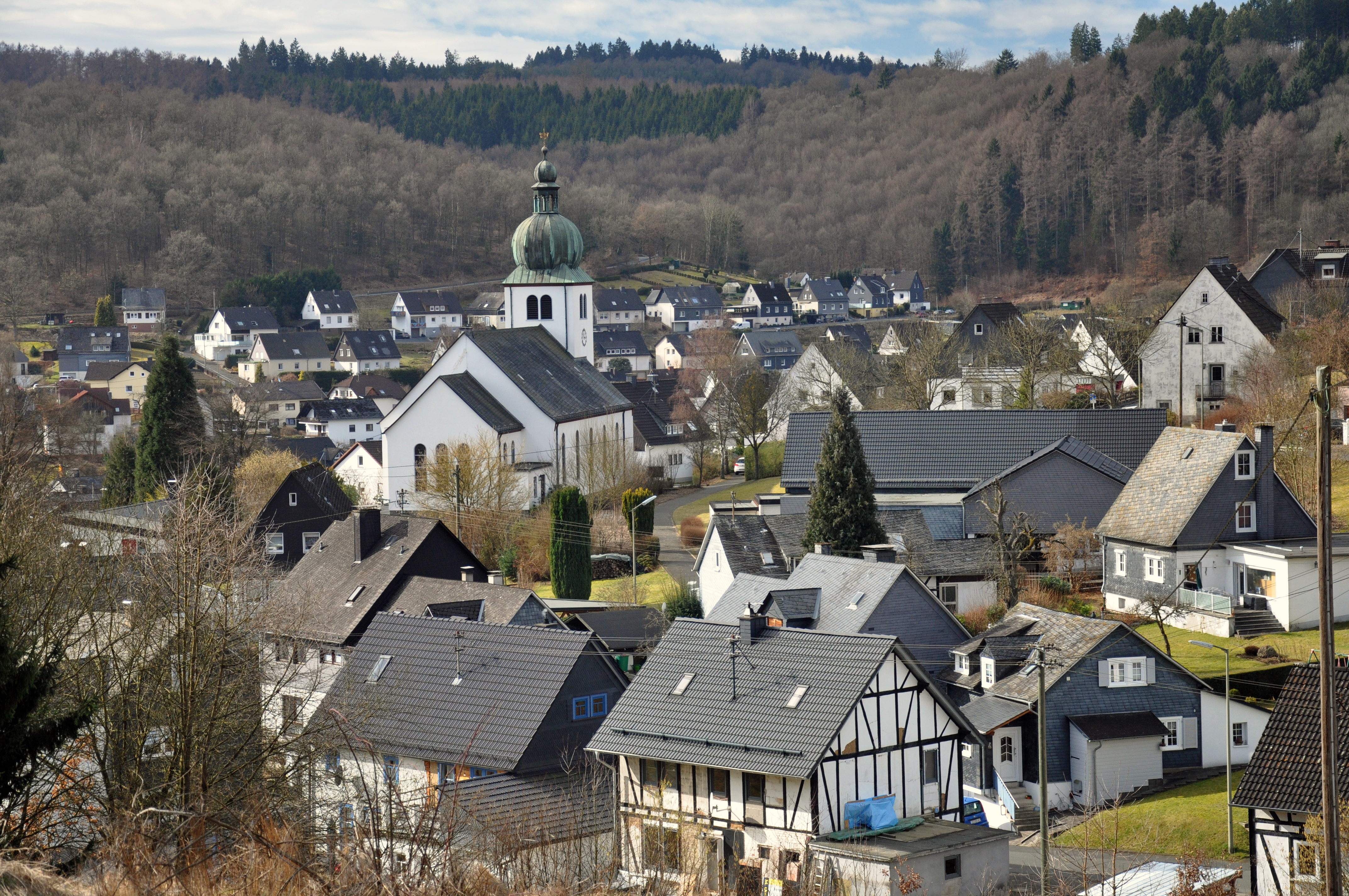
I said above I had a few minutes to spare. I could have been a bit earlier, but after I left the Autobahn to drive the last few kilometers in to town, there was a spot with a great view from a hilltop down into the valley. I stopped to take a few pictures before driving down into the valley and town.
I wasn’t sure where to go exactly, so I parked and called Klaus Eckhardt, my point of contact in town. He said, “Get out of your car and turn around. I’m right behind you.” There he was!
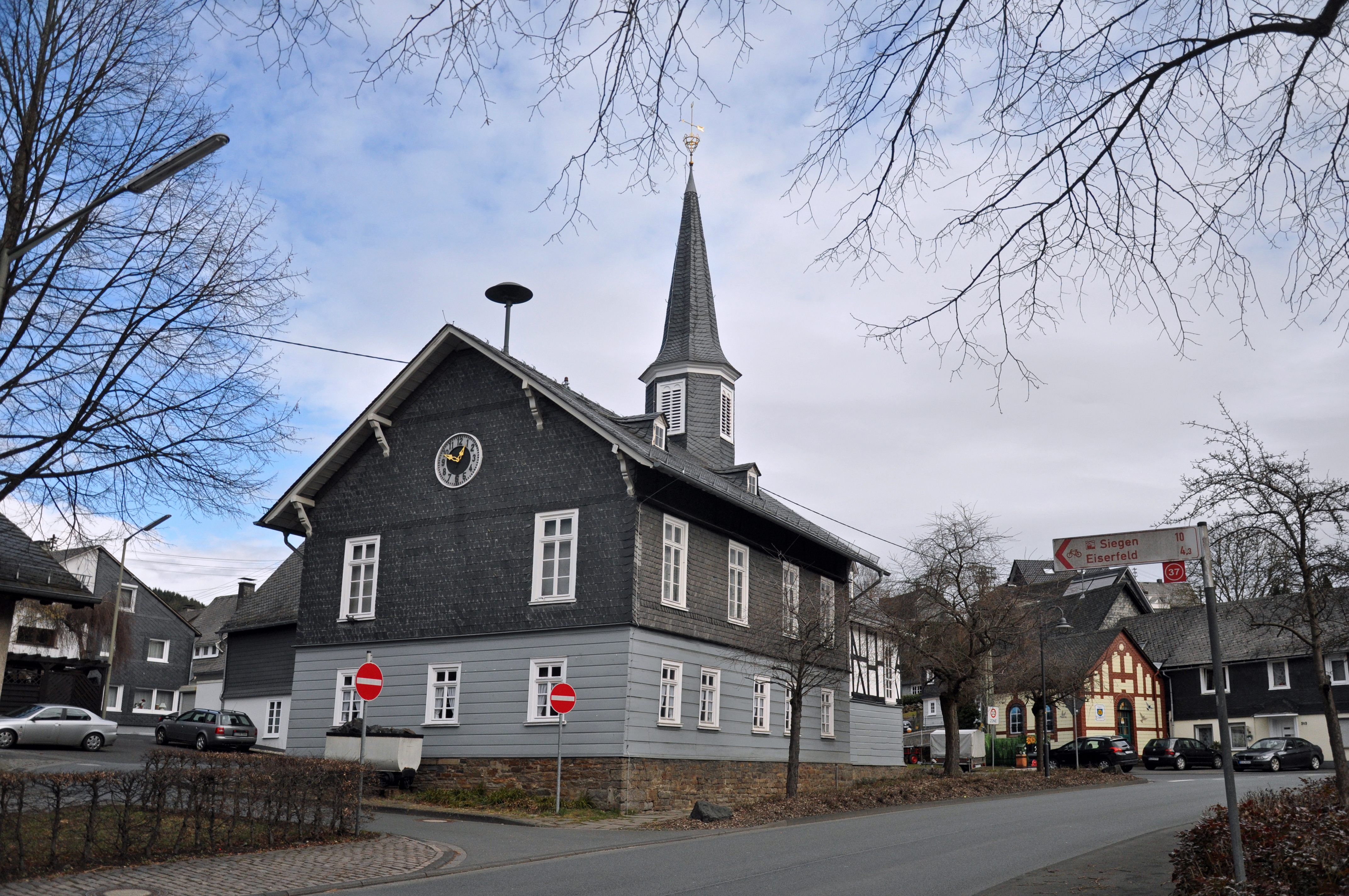
Klaus is the head of the “Heimatverein,” which translates literally as “Home Club” but would be a local historical society in American usage. The heimatverein has a museum in a former chapel school and adjacent bakery.
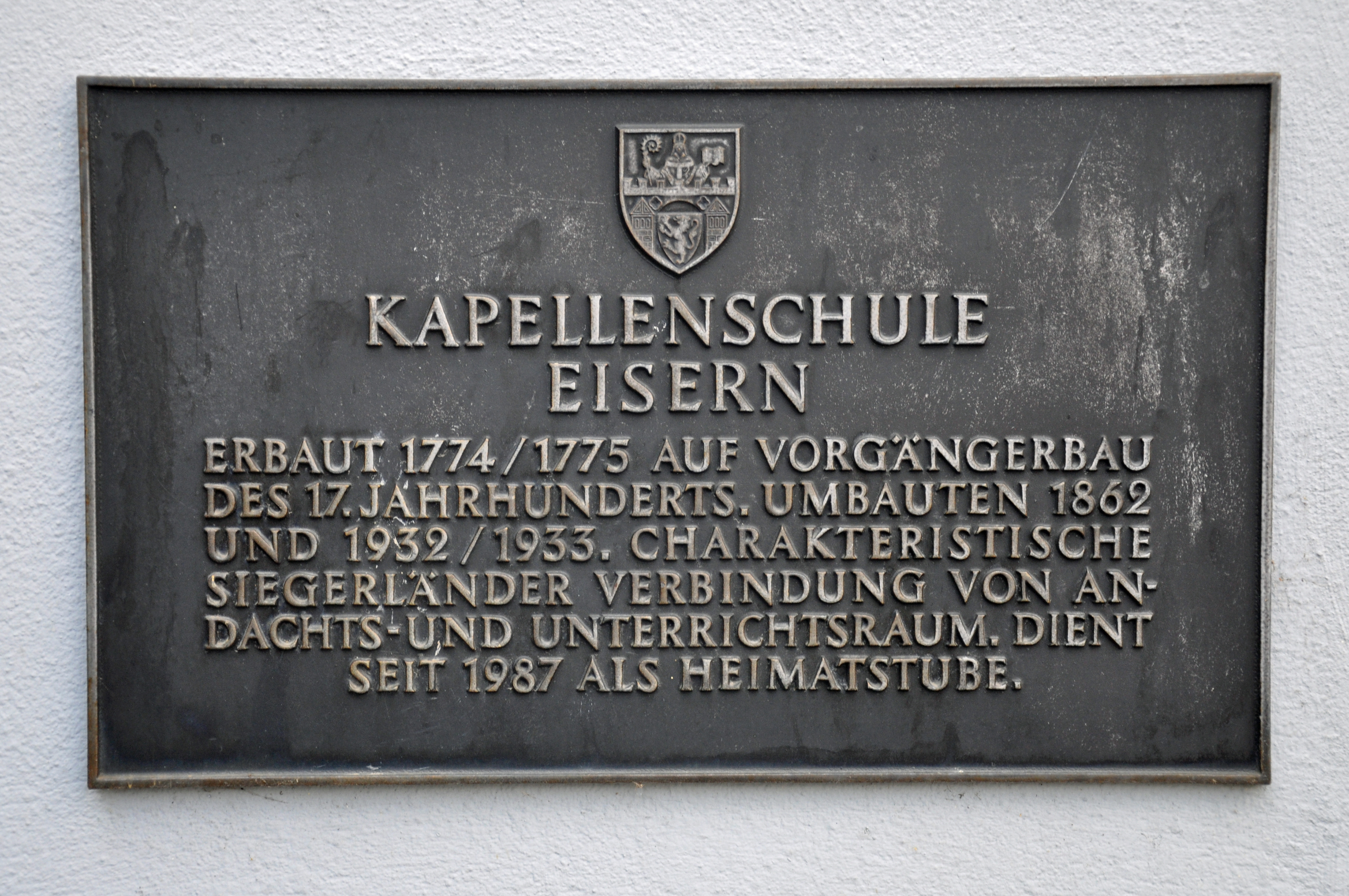
There are interesting artifacts dating into the late 1500s. Klaus drove me around town showing me the fire department, the school(s), a former mill, the iron mining sites, and where the train station used to be before driving up a hillside to show me the town from above.
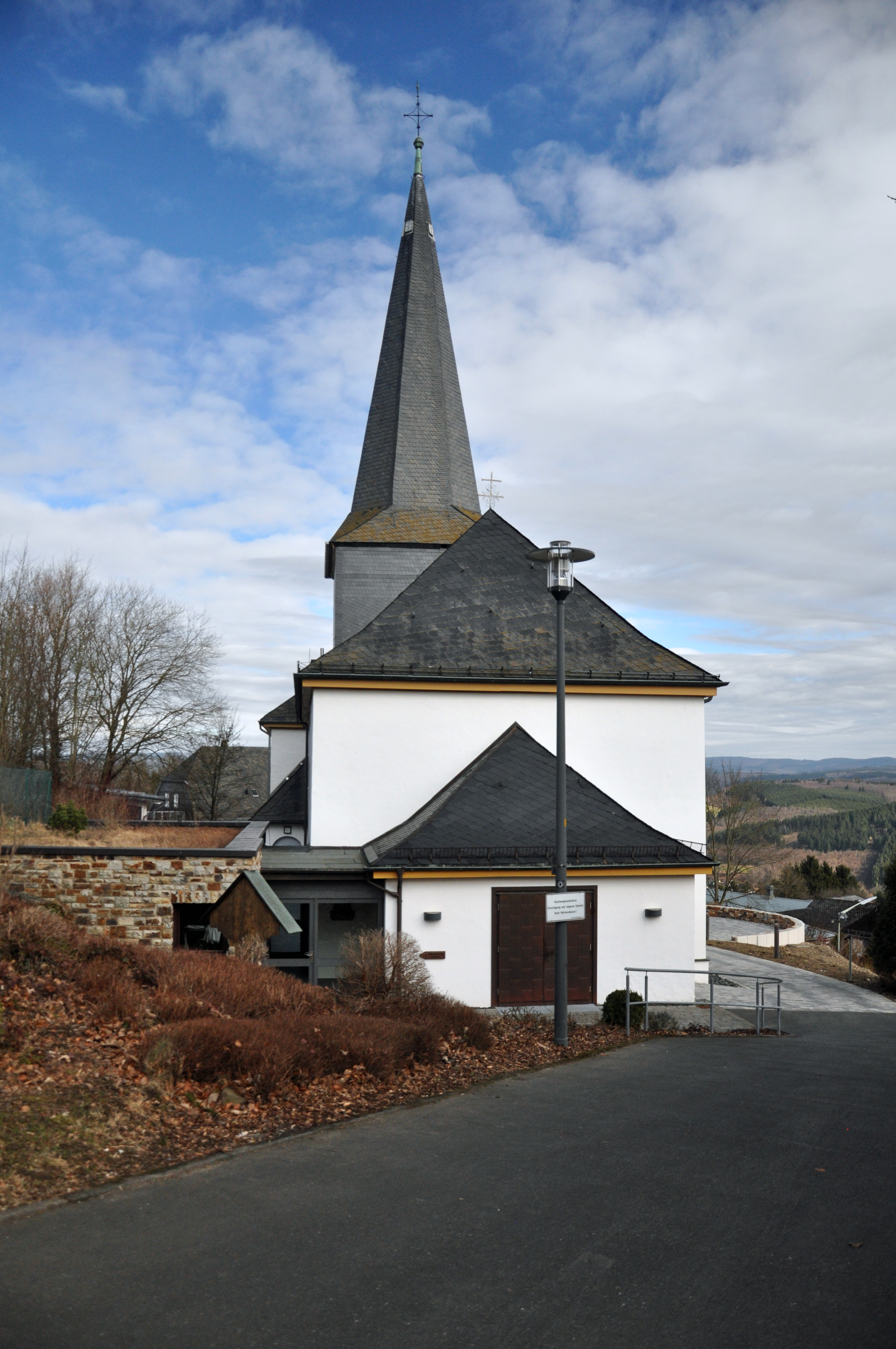
The chapel the historical society uses a museum and meeting room was built shortly after my ancestors left, presumably on the foundation of an older building. The church in which people of that era were baptized is about three kilometers away. It is an interesting building; it has two naves back-to-back with a single common entrance between them. One side is Protestant and the other Catholic. They were ecumenical long before it was “in.”
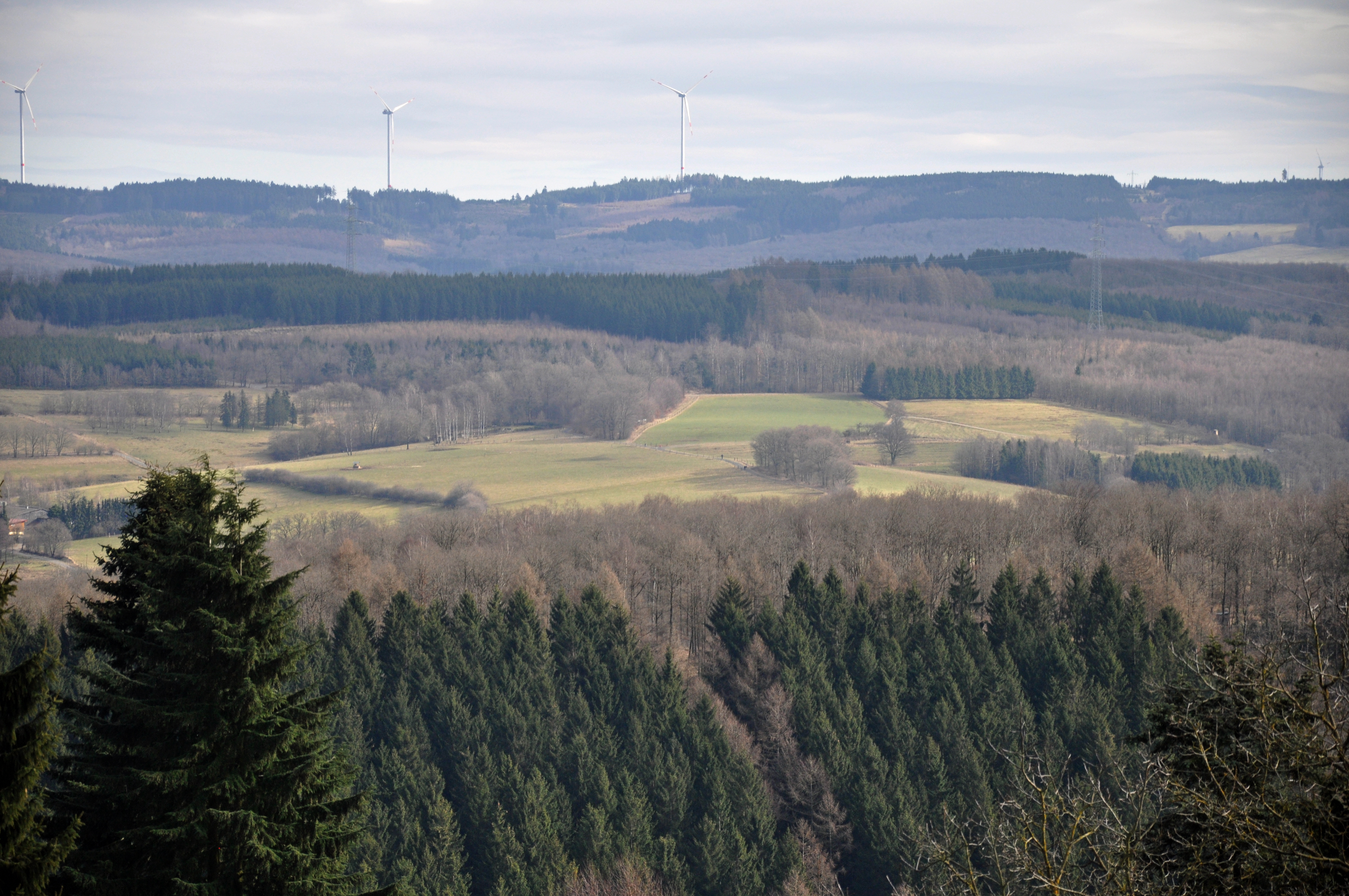
Do I have any relatives in Germany? On my dad’s side the German connection is a long time ago. On my mother’s side, though, it’s just a few Generations back. Maybe I can find someone. I do have some relatives in England to see if I can meet one day.
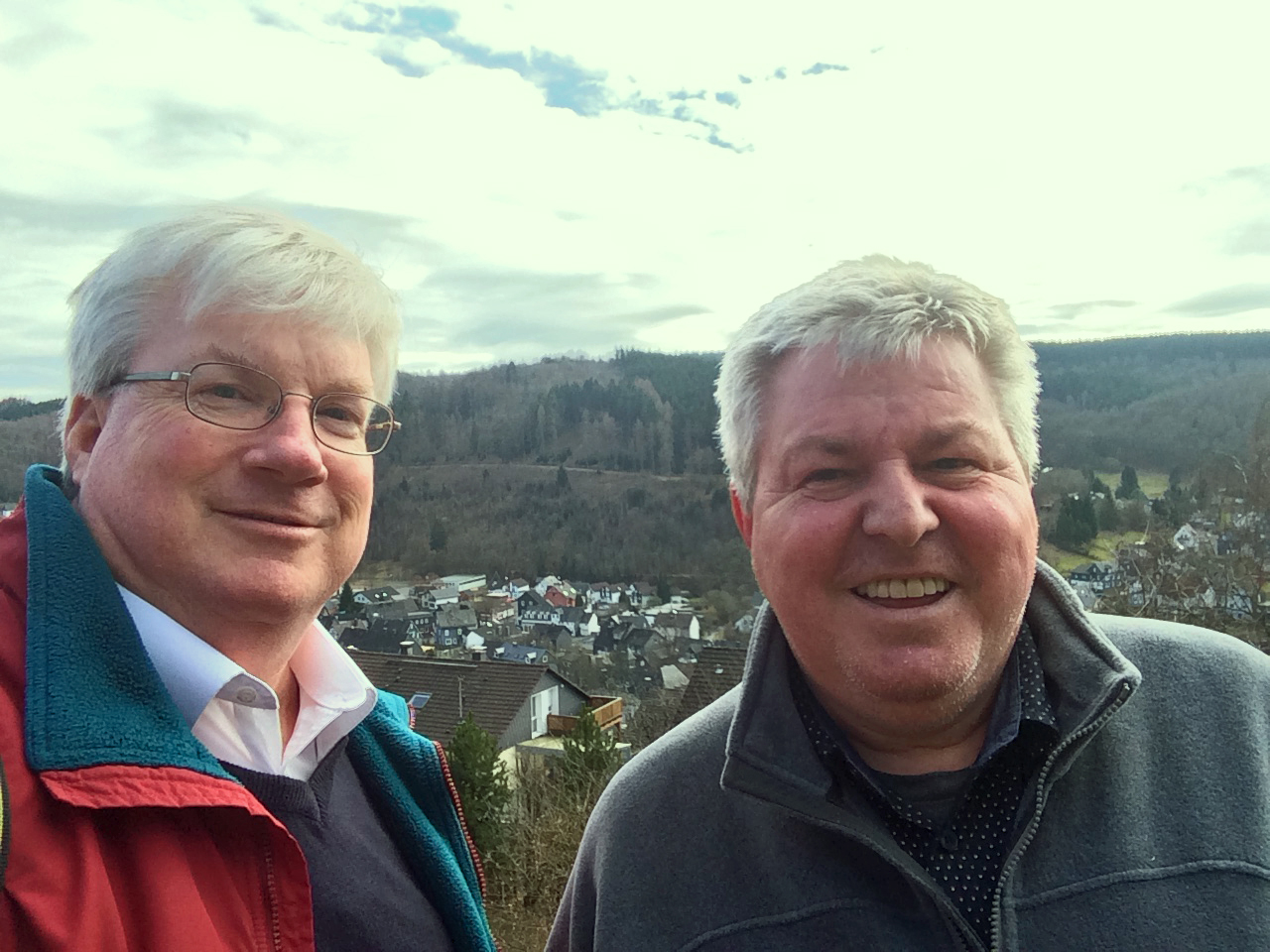
If I did the math correctly, I am 1/256 of Henry Railsback and his wife. I wonder what it would have been like in their village in their era? I’ve crossed the Atlantic four times on a ship, but I can’t imagine doing it on a sailing ship back then. Klaus told me the German spoken then was much different from today both in vocabulary and accent/pronunciation. I wouldn’t be who I am today w/o that journey all those years ago.
